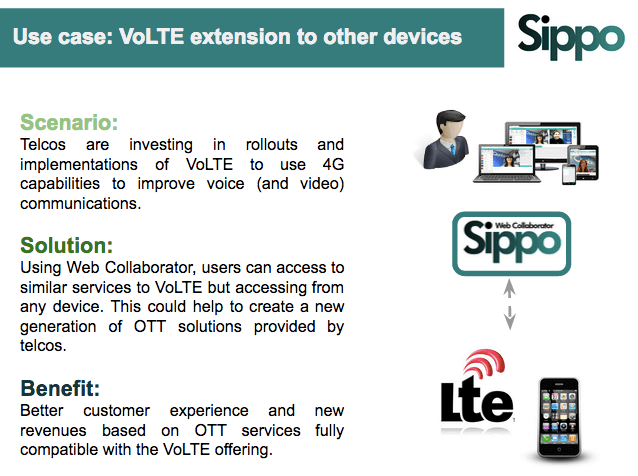Contributions of Quobis for the standardization of WebRTC
Firstly, we participated in the definition of SIP version to be used over Websocket (RFC7118), with also two Spanish. Websocket enables bidirectional communication form the Web browser which makes it suitable for a protocol like SIP which requires bi-directional (client -> server, server -> client) and asynchronous communication. We initially developed a JS SIPoWS stack, QoffeeSIP, but we later decided to abandon and start using a fork of JSSIP, a project started and maintained by the other co-authors of RFC.
As a corollary of this RFC, we also participated in RFC7355 which defines the format of SIP Common Log Format (CLF) (RFC6873) adapted to SIPoWS. About B2BUAs: SIP Back-to-Back User Agents (B2BUAs) can cause unending SIP request routing loops because, as User Agent Clients, they can generate SIP requests with new Max-Forwards values. This document discusses the difficulties associated with loop detection for B2BUAs and the requirements for them to prevent infinite loops.







